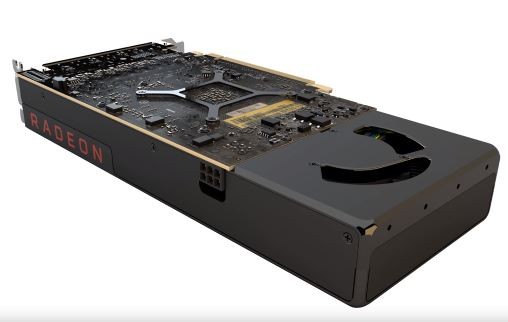AMD Radeon RX 480 and Nvidia GeForce GTX 1080 are so far the best graphic cards in the market with the advent of virtual reality (VR). Priced at $199 and $239, AMD Radeon RX 480 is not designed to outcompete Nvidia's latest GTX 1000 series of graphic cards.
However, RX 480 is designed to work just enough with VR and the latest high-end games. Furthermore, the card is meant to attract users possibly not ready to have Nvidia's GTX 1080 that is priced at $700.
Surprisingly, AMD is not set for "just enough" with RX 480 based on the performance that the 8GB version can deliver for just $239. With less than half the price of the GTX 1080, users can get a card that stays within outstanding range of the competition. Dropping in two RX 480 cards with AMD's CrossFire technology will offer a computer that can outperform a PC running on GTX 1080, according to Polygon.
A single 8 GB RX 480 GPU performs considerably well against Nvidia's GTX 1070. In addition, the AMD card outperforms the GTX 980 Ti when running "Hitman" on DirectX 12. While the GTX 1080 beats the RX 480 in "Ashes of the Singularity" and "The Witcher 3: Wild Hunt" when running on DirectX 12, there is little frame rate difference between the two cards.
AMD Radeon RX 480 with a clocked speed of 1120 MHz runs a bit faster than GTX 980 Ti and GTX Titan X, but it runs a bit slower than both GTX 1080 and GTX 1070. The RX 480 has a memory bandwidth lower than any latest Nvidia cards and AMD's R9 390. The card manages a relatively impressive texture fill rate and draws only 150 W of power, which is at par with the GTX 1070 and smashing the rest of the competition.
It is important to note that the Radeon RX 400 series graphic cards are the first to utilize AMD's Polaris GPUs. The idea behind the Polaris is to solve the increasing problems of power.
Although semiconductors become more powerful as they become smaller, the power benefits do not improve. As a result, the cost of running these GPUs when it comes to power has been gradually escalating. For instance, the 2015 R9 390 topped out at 275 W.
AMD opted for Samsung and GlobalFoundries' 14nm FinFET technology to put the tiniest transistors to date in its Polaris cards, according to the same publication. The move reduced power consumption and improved efficiency.
Here is footage for more information on AMD Radeon RX 480:



























